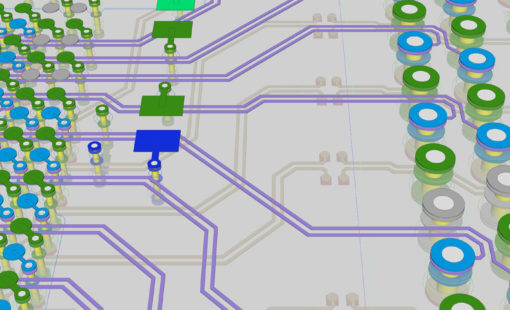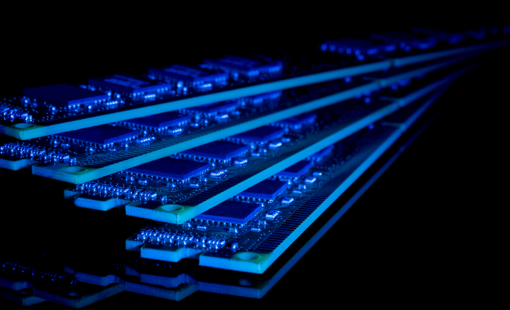
- Blog
To keep a good high-speed signal quality from driver to receiver on a PCB is not an easy task for designers. One of the most challenging issues is managing the propagation delay and relative time delay mismatches. Let me take you through the process...

- Blog
PCB designers typically have little or no experience with SPICE applications. No worries, follow along with me and get to know your SPICEs!

- Blog
In part 1 of this blog we took a back-to-basics approach and discussed line impedance and its effects in signal integrity. As every electrical conductor comprises capacitance, an inductance, and a frequency-dependent ohmic resistance, and with increasing frequencies, these electrical characteristics will influence and distort the signal.

- Blog
Impedance and impedance control belong to the oldest and most often discussed topics in PCB design. They are especially important with the high-speed design when related to signal integrity. In this, the first of a two-part blog, we’ll go back to the basics of impedance/impedance control and consider what influences line impedance. In part two, we’ll set about controlling it.

- Blog
Tips for when routing differential pairs - You can tell when something isn’t as clear as it should be. The same questions come up time and again. You ask three experts and get three different answers. Routing differential pairs can be like that. Why? Because “it depends” - on exactly what signals those pairs are carrying and what kind of PCB you’re creating.

- Blog
DDR4, the fourth generation of DDR SDRAM technology, is the latest and greatest SDRAM standard and will continue to be until the fifth generation is released. The new standard features a point-to-point architecture that offers superior timing margins.

- Blog
Previously I introduced you to the concept of S-Parameters, and now I’m going to explain a bit more about measuring them and simulating with S-Parameter models.

- Blog
I’d like to explain to you in straightforward terms what S-Parameters are and why they’re so useful. When I say “straightforward”, I mean that in a technical sense, but this is a specialised area. If you’re not designing high-speed PCBs, or you don’t know much about signal integrity, you might want to tune out now.